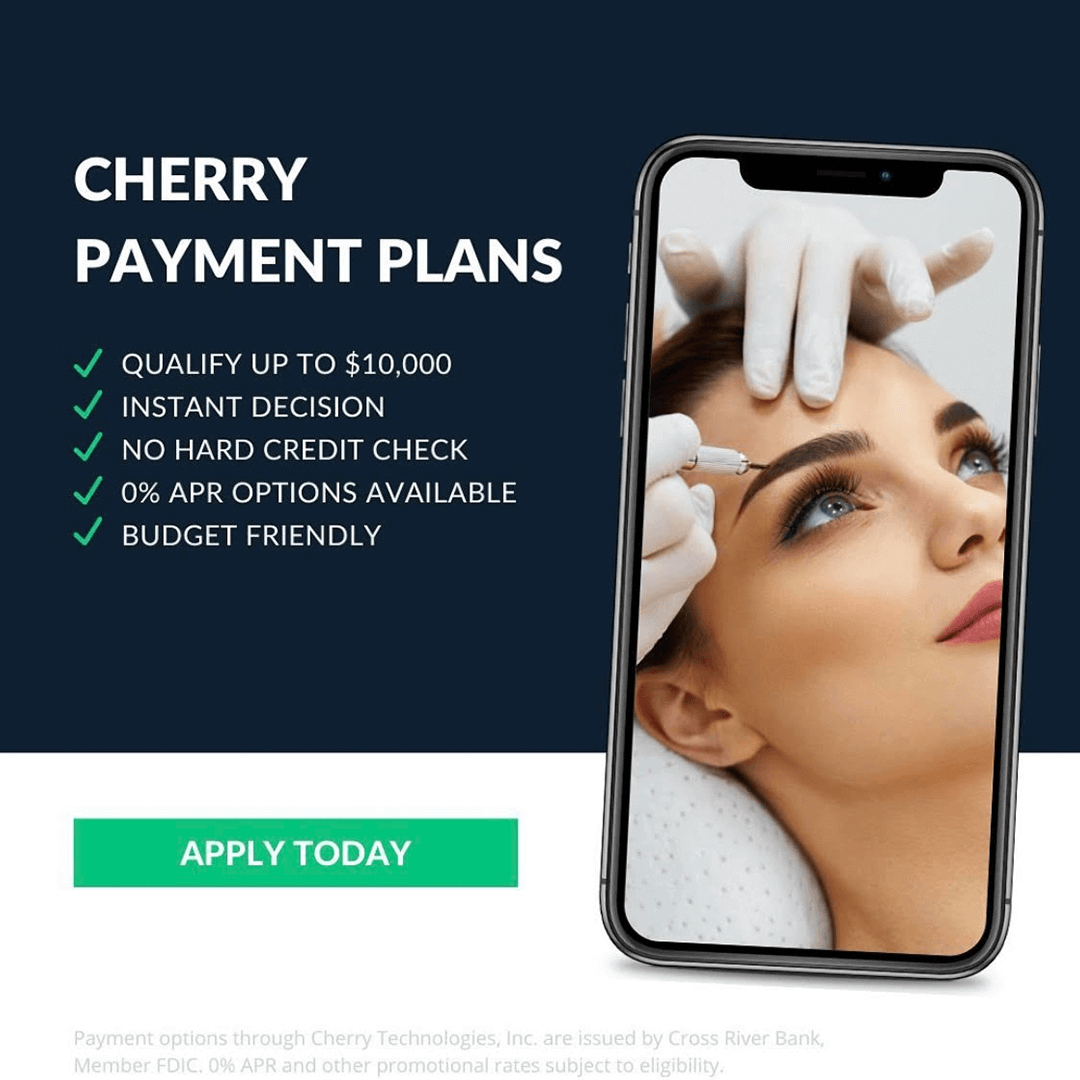Everything You Need To Know About Eyebrow Microblading
The face tattoo technique isn’t as scary as it sounds. Here, we catch up with St Petersburg Florida -based microblading guru, aka Arts of Attraction- Natalie Sue, to find out everything you need to know about the treatment.
Microblading is a form of tattooing
Unlike a regular tattoo, “microblading is a form of tattoo artistry where pigment is implanted under your skin with a manual handheld tool instead of a machine,” Natalie Sue explains. “I draw hair-like strokes with the tool to mimic natural hairs in your brows. Even though it’s not as deep as the regular tattoo, it’s still a tattoo because pigment is implanted under the skin.”
Preparation is key
There are some things you need to avoid before getting microbladed, namely, anything that will thin out your blood. If you drink a lot, take aspirin, or use retinol, stop one week before your treatment. “Retinol makes your skin thin and then you bleed a little more,” ‘Natalie Sue advises, adding that profuse bleeding pushes out pigment so that it doesn’t stick as well. “Avoid blood thinners, aspirin, anything caffeinated, and alcohol during the healing process.”
It doesn’t hurt (too much)
Pain is relative. “Some feel more than others. Overall it feels like little scratches. You feel it, but it’s not unbearable. It’s not like having a baby,” says Natalie, who preps her patients’ brows with topical numbing cream and throughout the process to dull the discomfort.
Microblading takes time
“I don’t like to rush anyone,” says Natalie, who blocks off two hours for new clients. This is your face so we take our time!
Aftercare is essential
Aftercare means protecting freshly bladed brows from all moisture–no sweaty workouts, swimming, or washing your face with water for a whole week. You should not be getting Scabs if so you aren’t taking care of them right and you just lose the pigment,” Natalie explains.
Some patients experience itching and redness during the first week, which our balm can alleviate. Brows will look slightly darker at first, but the color will fade 30 to 40 percent. Aftercare ointments are provided during your first appointment. “Overall they look great right away and you don’t have to hide,” Natalie says. “Slight redness and mild swelling is normal.”
You will also have to avoid using any makeup and other products on the brows while they heal. “Treat it like an open wound,” Natalie Sue says.
Results last up to three years
Depending on the skin and lifestyle, Natalie’s clients come back for touch-ups once every six months to a year to maintain!
The brows’ pigment will change over time
While they will be long-lasting, Natalie says clients should have realistic expectations and understand the brows will naturally fade. “Your body might metabolize pigment faster, or if your skin is oilier, the pigment breaks down faster,” she says. “Strokes soften and blur a bit. If you think it’ll stay looking exactly like hairs forever and stay sharp, that’s not going to happen. I find I don’t need to do ‘shading’ technique because the body does it on its own.”
Microblading is an investment
The first treatment can cost up to $550. While lower-priced services are available, Natalie cautions against visiting inexperienced technicians.
September 3rd, 2018

